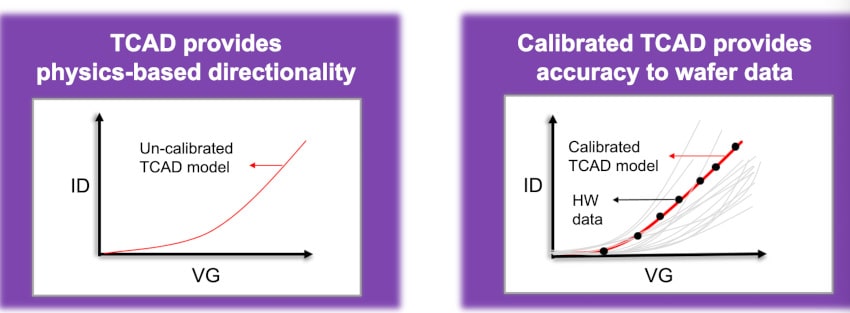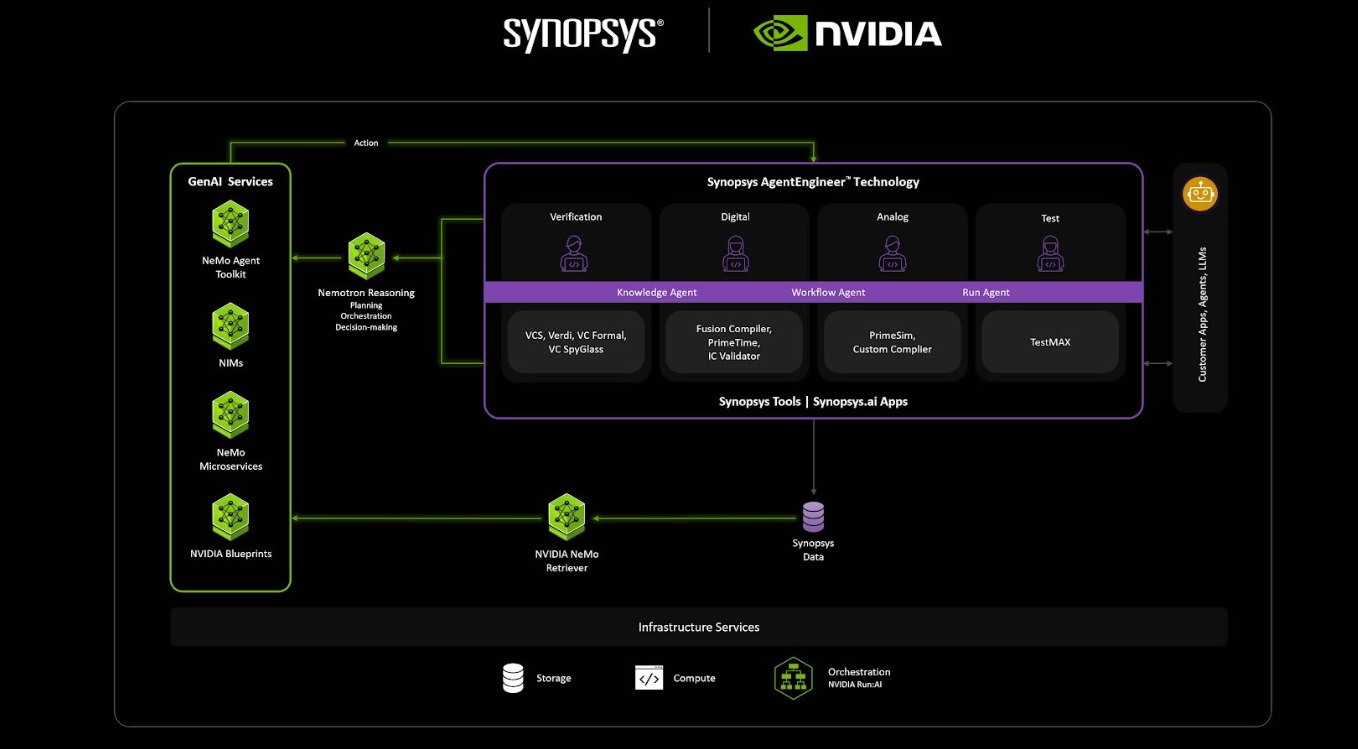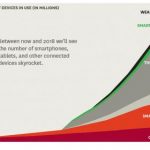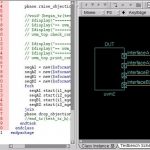What is the second biggest tech company in the world? If you said Alphabet, you get bonus points. If you have never heard of Alphabet, then perhaps you have heard of Google.
On Monday, Google announced that it was going to reorganize its corporate structure. This would usually provoke a big yawn but this could turn out to be significant.… Read More











PDF Solutions Charts a Course for the Future at Its User Conference and Analyst Day